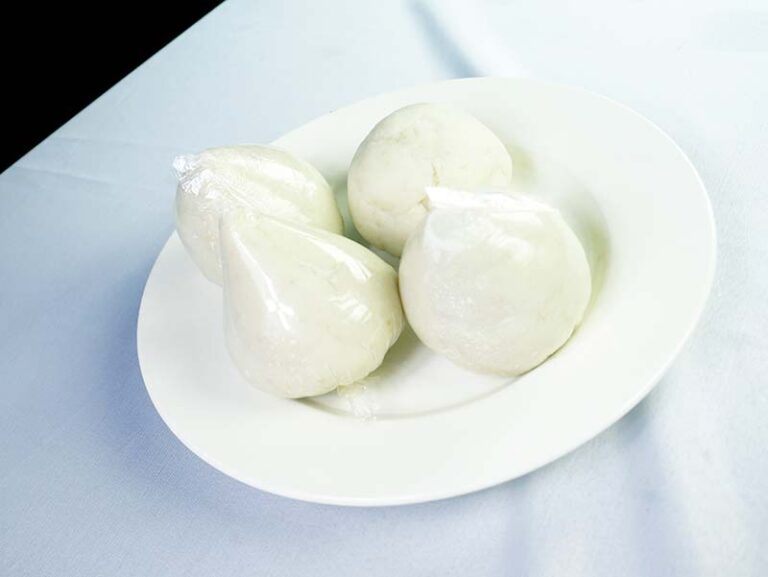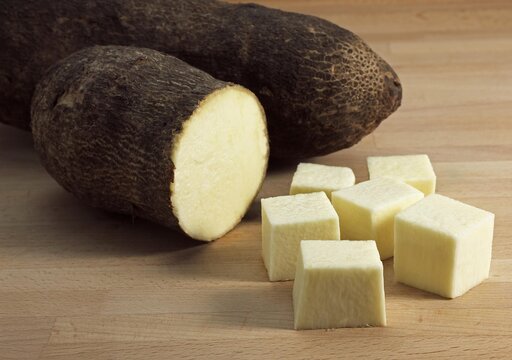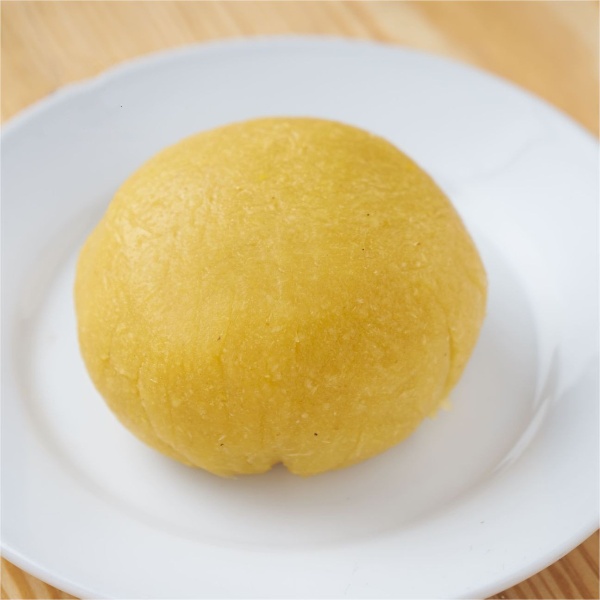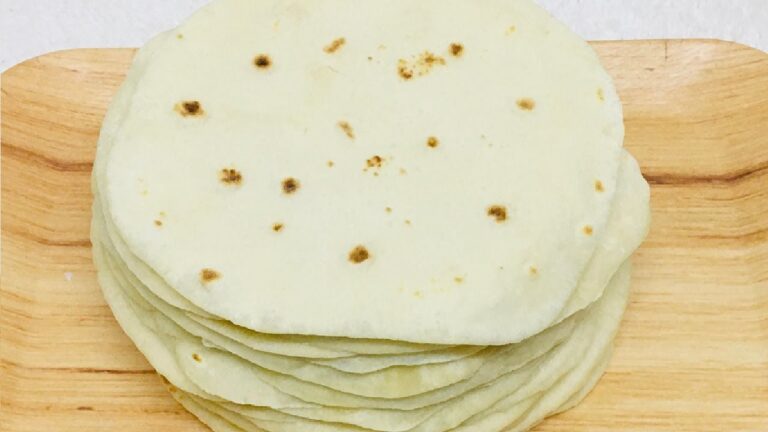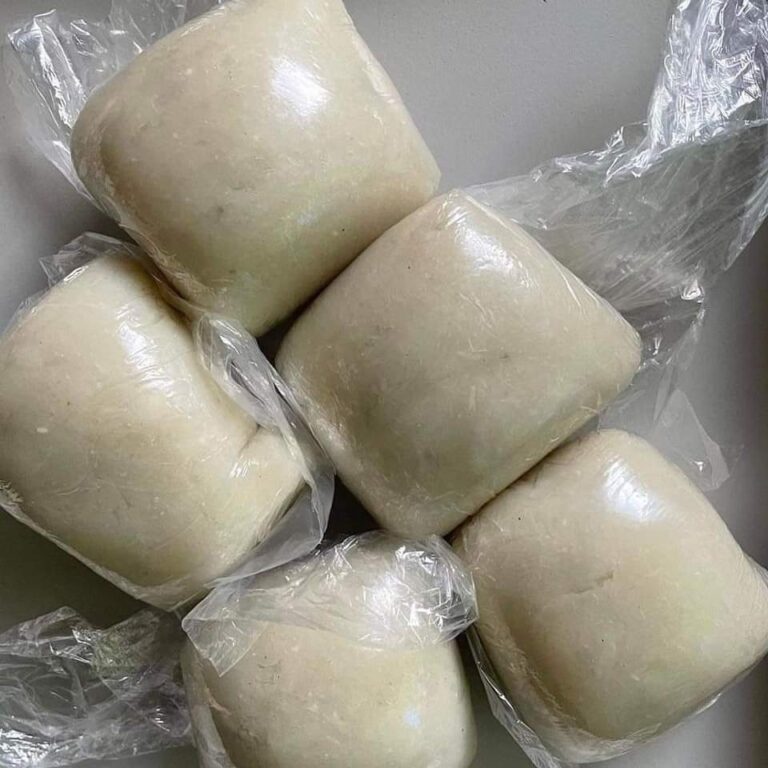Origin of Swiss cheese holes – Unraveling the Mystery
Swiss cheese holes is renowned for its distinctive appearance, characterized by the presence of irregular holes throughout its smooth texture. These holes, often referred to as “Swiss cheese holes,” have puzzled cheese enthusiasts and scientists alike for centuries. In this blog post, we will explore the fascinating science behind why Swiss cheese has gaps and uncover the secrets behind this beloved cheese’s unique characteristics.
The Origins of Swiss Cheese Holes:
Swiss cheese holes are not a random occurrence or a result of human intervention. They are a natural phenomenon that arises during the cheese-making process. The specific cause of these holes can be attributed to a particular group of bacteria known as propionic acid bacteria. During fermentation, these bacteria produce carbon dioxide gas as a byproduct, leading to the formation of the characteristic holes we associate with Swiss cheese.
The Fermentation Process:
To understand the formation of Swiss cheese holes, let’s take a closer look at the fermentation process. Swiss cheese is made from cow’s milk, which is first heated and then inoculated with a starter culture containing different bacteria, including propionic acid bacteria. These bacteria consume the lactose present in the milk, converting it into lactic acid.
As the propionic acid bacteria digest lactose, they produce carbon dioxide gas and other compounds. The carbon dioxide gets trapped within the cheese as it solidifies, leading to the development of gas pockets. These gas pockets gradually enlarge, creating the characteristic holes we see in Swiss cheese.
Factors Influencing Hole Formation:
Several factors influence the size and distribution of Swiss cheese holes. Temperature, moisture levels, and the specific strains of bacteria used in the cheese-making process all play a role in determining the hole formation. Lower temperatures and higher moisture levels tend to promote the growth of propionic acid bacteria and subsequent hole development.
Additionally, the composition of the cheese itself can impact hole formation. Variations in protein content and the presence of certain minerals can affect the growth of bacteria and the subsequent production of carbon dioxide gas. These factors contribute to the unique characteristics of each batch of Swiss cheese, resulting in variations in hole size and distribution.
Controlling Hole Formation:
While Swiss cheese holes are an intrinsic part of its identity, cheese manufacturers can manipulate hole formation to some extent. By adjusting factors such as temperature, moisture, and bacteria strains, producers can control the size and distribution of holes in Swiss cheese. This allows them to create variations such as “baby Swiss” or “Gruyère” cheeses, which have smaller or larger holes compared to traditional Swiss cheese.
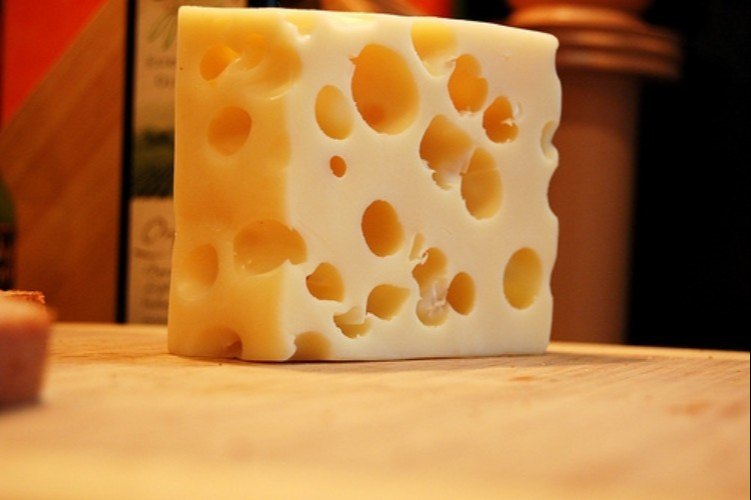
Also Read: How to Preserve Yam – Best ways to preserve yams
Conclusion:
Swiss cheese holes are a result of the natural fermentation process involving propionic acid bacteria. These bacteria produce carbon dioxide gas, which gets trapped within the cheese, forming the characteristic holes we associate with Swiss cheese. While the exact size and distribution of the holes can vary based on several factors, controlling the cheese-making process allows manufacturers to manipulate the hole formation to create unique variations.
So, the next time you enjoy a slice of Swiss cheese with its signature holes, you’ll have a deeper understanding of the fascinating science behind this culinary delight. Whether you savor it in a sandwich or melt it into a fondue, Swiss cheese’s distinctive features continue to captivate cheese lovers worldwide.
FAQ
Why does Swiss cheese have holes?
Swiss cheese has holes due to the presence of a group of bacteria called propionic acid bacteria. During the fermentation process, these bacteria produce carbon dioxide gas as a byproduct. The gas gets trapped within the cheese, leading to the formation of the characteristic holes.
Can Swiss cheese be made without holes?
Swiss cheese can be made without holes by controlling the fermentation process. By adjusting factors such as temperature, moisture levels, and the type of bacteria used, cheese manufacturers can produce variations of Swiss cheese with smaller or no holes. These variations are often known as “baby Swiss” or “Gruyère” cheeses.
Do the holes in Swiss cheese affect its taste or quality?
The holes in Swiss cheese do not significantly impact its taste or quality. They are purely a visual characteristic and do not affect the flavor or texture of the cheese. The taste and quality of Swiss cheese primarily depend on factors such as the milk used, the cheese-making process, and the aging period.
What are some dishes or recipes that commonly use Swiss cheese?
Swiss cheese is a versatile cheese that can be used in various dishes and recipes. Some popular uses include sandwiches such as the classic Reuben sandwich, cheeseburgers, quiches, gratins, and traditional Swiss dishes like fondue and raclette. It also pairs well with fruits, nuts, and charcuterie on cheese platters.

